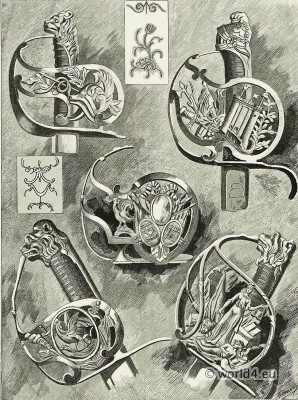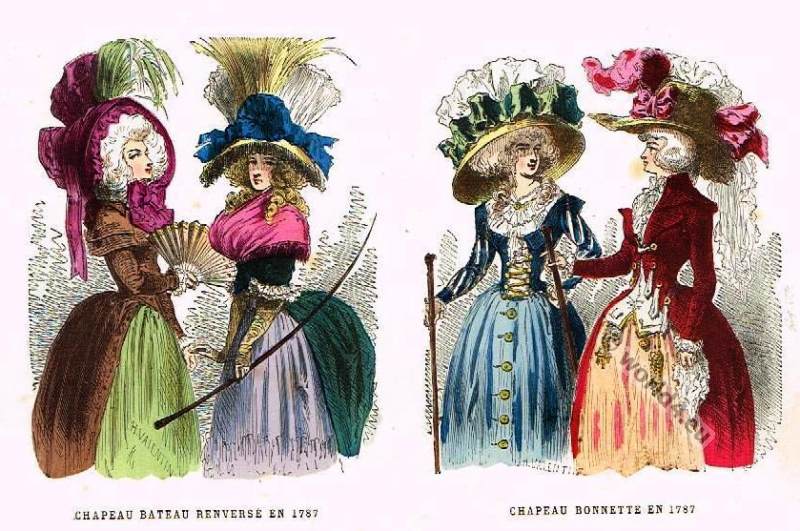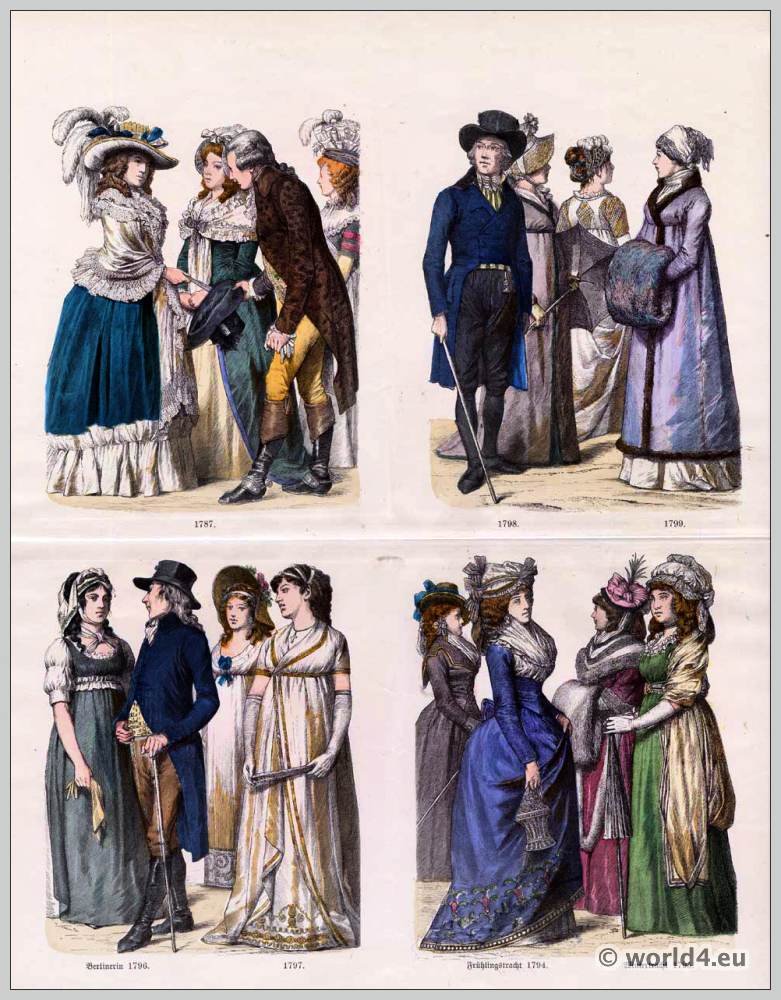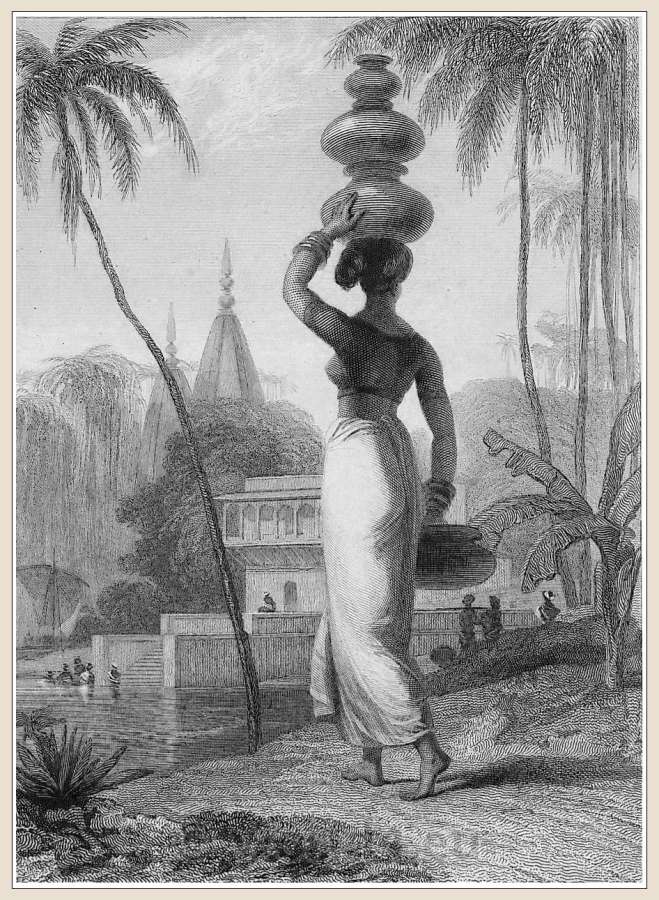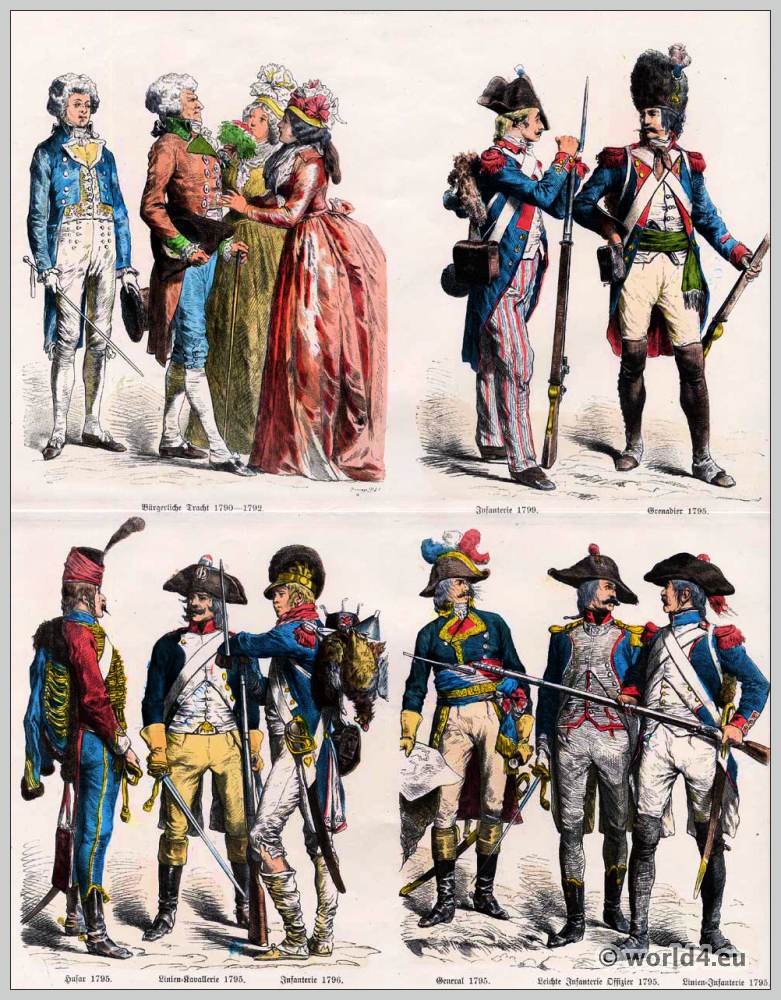French Guards swords and handles.
XVIII Century. French school. Period of the Revolution. Museum in Paris. Guards swords and handles.
These five motifs, whether special features by ornaments and symbols that decorate the guards may be swords of honor offered by the city of Paris a few citizens who are particularly distinguished in the storming of the Bastille. All blades are richly inlaid (9409-9415)
XVIII Siècle. École Française. Période de la Révolution. Au Musée, à Paris. Poignées et Gardes d’épées.
Ces cinq motifs, si caractèristiques par les ornaments et les symboles qui dècorent le gardes, sont peut-être des épées d’honneur offertes par la ville de Paris à quelques citoyens qui seraient particulièrement distingues lors de la prise de la Bastille. Toutes les lames sont richement damasquinèes (9409-9415)
Gallery: Offensive and defensive armor and weapons.
Discover more from World4 Costume Culture History
Subscribe to get the latest posts sent to your email.

